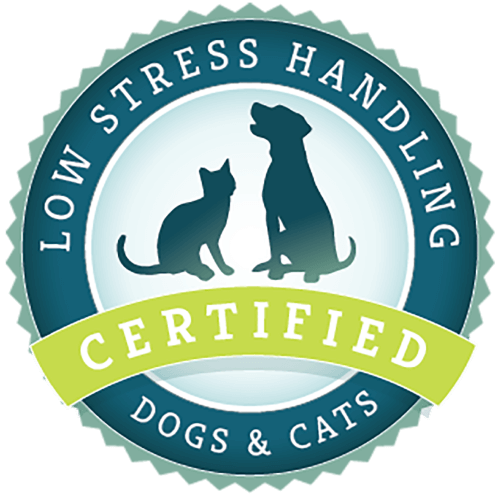What article are you looking for?
Category: I am a Pet Owner
Resource Guarding in Dogs
What is resource guarding and why does it occur? Resource guarding is a relatively common behavior problem in dogs. It is defined as a dog using avoidance, threatening, or aggressive behaviors to retain control of food or other items in front of a person or other animal. Sometimes, the signs of resource guarding are subtle. In these cases, your dog may show avoidance behavior or mild signs of aggression and anxiety such as stiff or crouched body posture, pinned back ears, lip licking, and physically blocking access to the resource. The aggression may escalate to more severe and overt signs
How to Stop Pulling
Why do dogs pull when leashed? Leash pulling is a common complaint among dog owners. Why do they do it? The world is an exciting place full of new scents, sights, sounds, playmates, etc. Leash pulling is a self-reinforcing behavior, which means that when the dog pulls, they get to go where they want, which is not necessarily where you want to go. Since the behavior works, the dog is likely to continue doing it. What do you want instead? Picture what you would like your dog to do, instead of pulling. For most people, teaching their dog to walk
Desensitizing Your Dog to a Muzzle
Why use a muzzle? Comfortably wearing a muzzle is a great skill for any dog to have. Chances are it will be necessary to wear one at some point during their life. The veterinary hospital is the most common place a muzzle may be needed. Some veterinary procedures are painful and having a dog who is comfortable wearing a muzzle is beneficial. Acute abdominal pain, trauma (such as a broken leg), or back pain are examples of issues an owner may encounter at home with their dog that can be extremely painful. Any dog has the potential to bite and
Identifying a Qualified Dog Trainer or Behavior Professional
All it takes is a quick internet search, and you will be met with an overwhelming, never-ending list of animal trainers. It can be confusing to navigate this. There are several training programs, certifications, and credentials available for trainers and behaviorists. Be aware that ‘behaviorist’ is not necessarily a specific legal term: those with an MS or PhD in behavior are called ‘behaviorists;’ people without these or any credentials may be allowed to self-adopt the term ‘behaviorist.’ Additionally, while some credentials can be beneficial in many cases, they are not a guarantee that your trainer is using ethical, humane, or
Behavior and the Senior Dog
Introduction Dogs are living longer these days than ever before due to advanced veterinary care and better nutrition. However, as they get older, age-related diseases such as arthritis, dental disease, diabetes, Cushing’s disease, thyroid disease, cancer, and decreases in vision and hearing can all result in subtle or more obvious behavioral changes in dogs. These changes can include decreased activity, loss of appetite, and even aggression. What about Canine Cognitive Dysfunction Syndrome (CCDS)? Similar to Alzheimer’s disease in humans, another disease to consider in older dogs is canine cognitive dysfunction syndrome (CCDS). This disease affects the brain, causing behavioral changes
Loose Leash Walking
If you decide that basic loose leash walking is more your speed than heeling, that is okay. Dogs that respond to their owner’s simple request on a walk are just as well behaved. The less often you go for walks, the more novel and exciting it will be when they get the opportunity to explore. Try to understand their excitement. Be sure to make the walk equally as enjoyable for them as it is for you. Be kind and fair in your training methods, and always make time for a few good smells.

Low Stress Handling® Silver-Level Certification
Individual Certification at this level demonstrates to clients and employers the individual’s dedicated interest in Low Stress Handling®. Hospital Certification at this level demonstrates to clients and staff the hospital’s commitment to appropriately training staff in Low Stress Handling® methods.
Learn More
